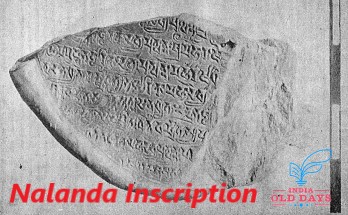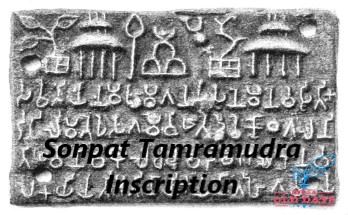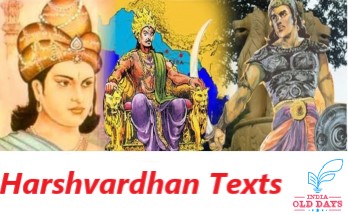Historical Vedic religion
Religion :
- In this period, Northern Doab became the center of Aryan culture due to the influence of the Brahmins.
- Two important gods of the Rigvedic period Indra and Agni did not have the importance as earlier, in their place, in the Vedic period Prajapati, who was the creator of the creation in Devakul, got the highest position.
- Vishnu was worshiped as the custodian for all.
- In the Rigvedic period, Pushan Devta was considered to be the god of animals, but in the Uttar Vedic period, Pushan Devta used to consider to be the god of Shudras.
- In this period, worship of some objects as a symbol of the deities was prevalent, that is, some symbols were being worshiped.
- In this period Polytheism, Vasudev Sect and Shaddarshan (Sankhya, Yoga, Nyaya, Vesheshik, Porva Mimansa, and Uttar Mimansa) started.
- Yajnas and rituals became dominant in the practice of worship in the Uttar Vedic era. However, even during this period, Arya used to pray Yajnas and prayers to the deities for the welfare of material pleasures.
- Large quantities of rituals were increased in yajna and the correct pronunciation of mantras was emphasized.
- A large number of animal sacrifices were given in the yajnas, in which the Vaishya caste dissatisfied.
- In this period the significance of yajna increased so much that the deities too were considered to be under the yajna. And the origin of the deity and the earth was also told through the yajnas. The importance of yajnas was increased.
- With the predominance of male dominated society, the importance of goddesses decreased, as the elements of male influence were being dominant in the society. Even in this period the significance of the gods like Indra, Agni, and Varun also diminished and semi-deities such as Prajapati, Vishnu, Yaksha, Gandharva, Digpala were established as the helper of the chief deities.
- In the Vedic period (Rigvedic + Uttar Vedic), the nature of religion changed as follows-

Maxmüller has said that- On special occasions, a god becomes supreme and others become secondary, it has been called as Henotheism.
Uttar Vedic period –
(an indicator of increasing mental development)
People did not have faith in the Supremacy.
Monotheism –
In the Aranyak / Upanishad it has been said that the deity is only one, that is, (Brahma) – the supreme God, the supreme soul.
Monism-
It has been said in the Upanishads that there is only one element, by which Brahm, God, Man, Creation, Trees, living creatures were originated. God is in each and every particles.
Chief Religious Priest-
Hota– These priests, who mainly prayed, reproduced the Rakha Samhita.
Udgata– The priest who sang Samveda.
Aghvaryu – The priest who chanted the Yajurveda.
Brahma– The priest, who executed all these yajnas lawfully.





